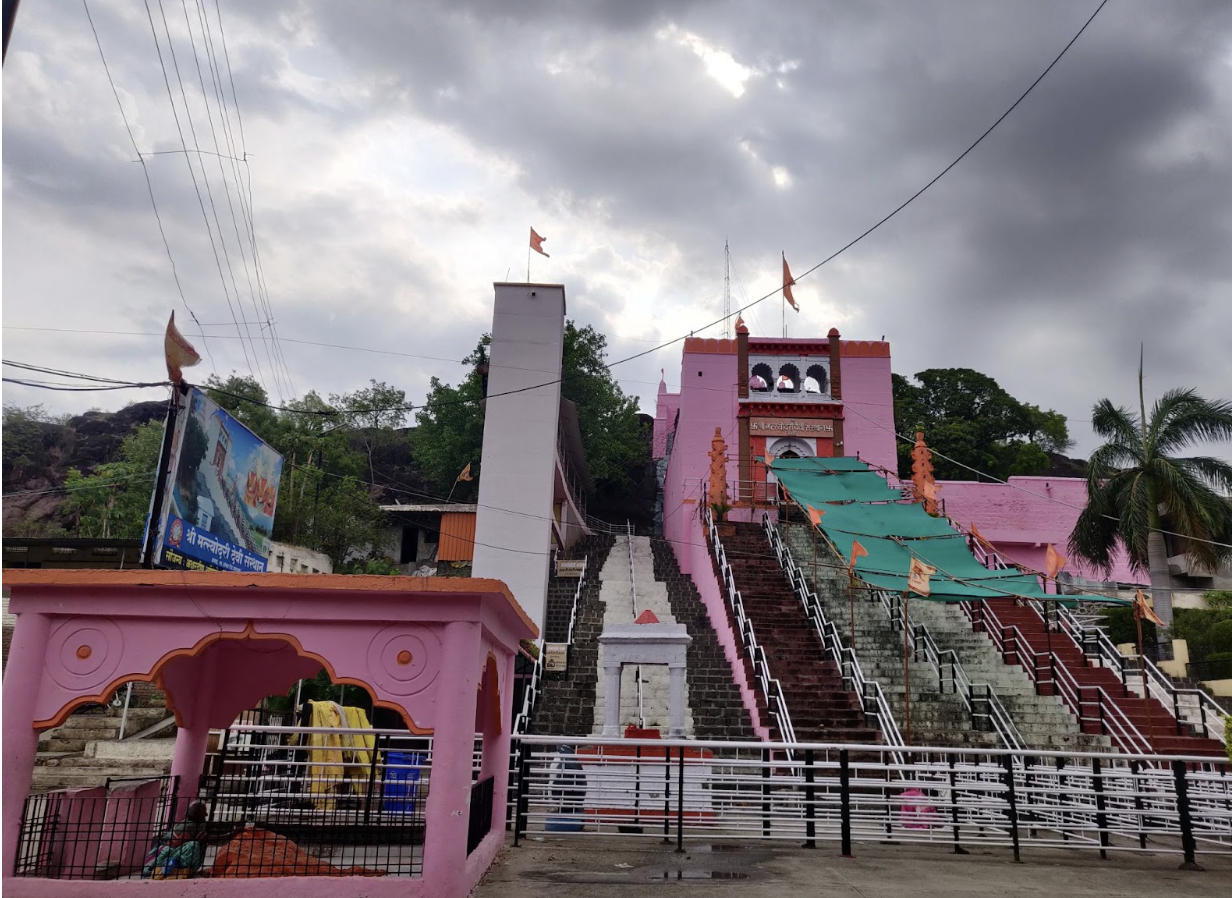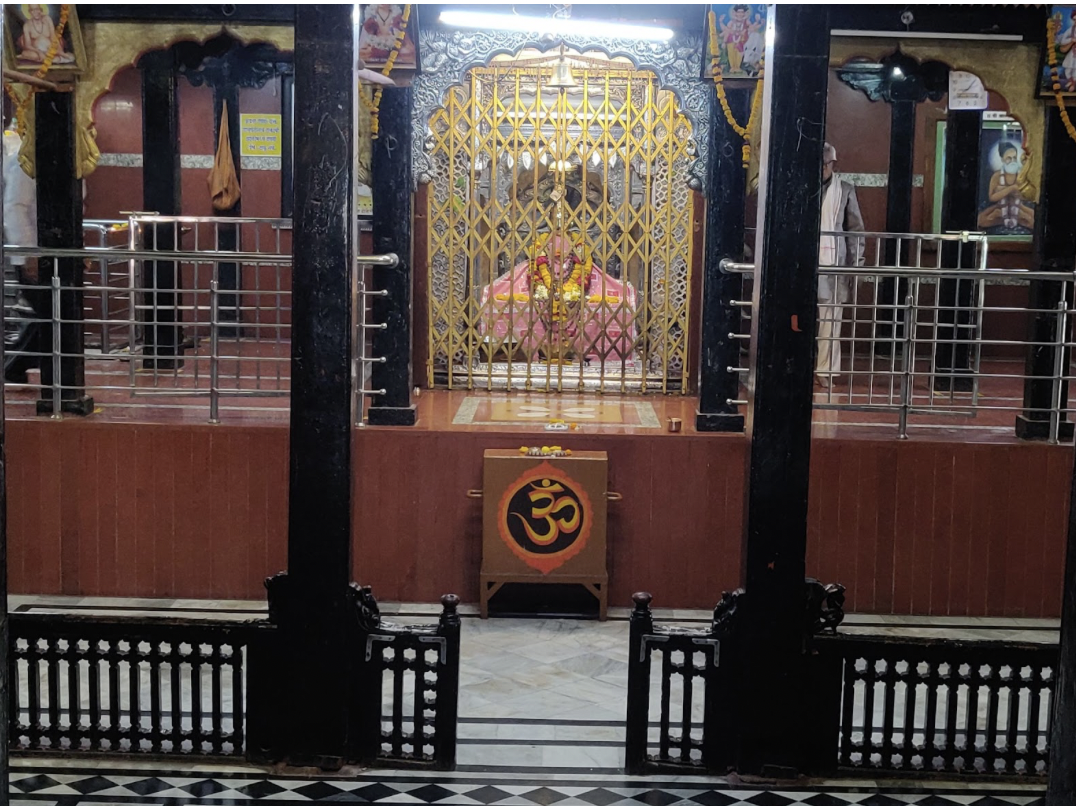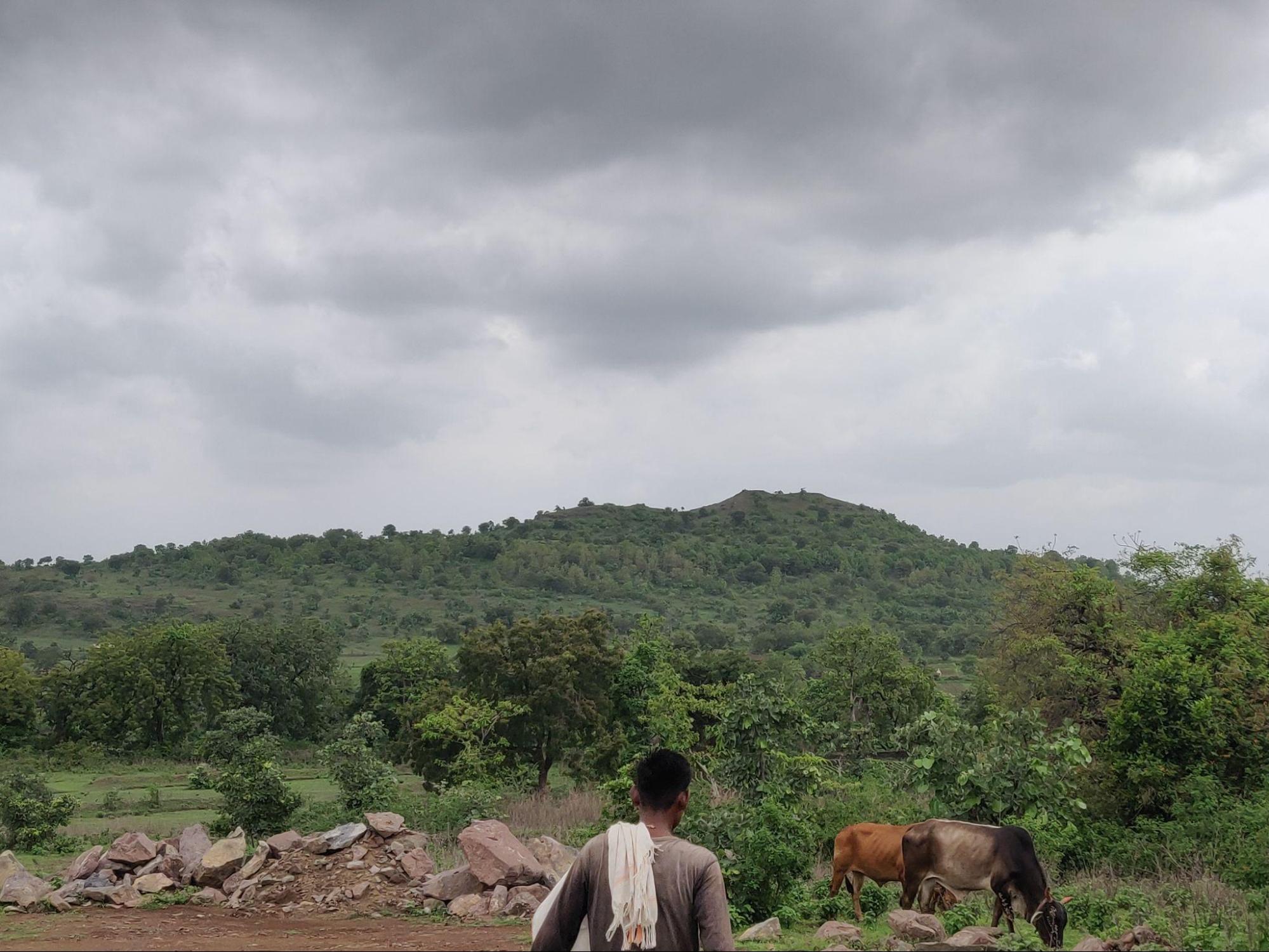JALNA
Stories
Last updated on 4 November 2025. Help us improve the information on this page by clicking on suggest edits or writing to us.
Nutan Upendra Desai's NGO Efforts
Nutan Upendra Desai, known as Nutanben, has been instrumental in addressing the water crisis in Jalna. After witnessing the severe drought conditions in Maharashtra from 2013 to 2016, she became motivated to take action. During her work in Beed district, she encountered families surviving on contaminated water, which sparked her commitment to improve water access in Jalna. In 2016, she began her work with the NGO 'Samast Mahajan', focusing on desilting water bodies and rejuvenating local water sources.
Her organisation partnered with the A.T.E. Chandra Foundation and local communities to remove silt from ponds and rivers, restoring their capacity to hold water. Initially met with scepticism, the project gained traction as locals began to see tangible results. Over six years, the team worked across approximately 330 villages, transforming the situation from reliance on 250 water tankers daily to none. They successfully desilted over 427 kilometres of drainage channels and revived numerous ponds, significantly improving water availability for agriculture and daily use.
In Akoladev village and surrounding areas, residents actively participated in these efforts by providing resources such as diesel for machinery. Their involvement not only facilitated the work but also fostered a sense of ownership over local water resources. This collaborative approach helped build trust between community members and NGO workers, leading to more effective implementation of water management strategies.
Mahalaxmi Devi cha Shraap

One fateful day, Tanaji found himself shrouded in suspicion. Rumours quickly arose that he had stolen from the kingdom's coffers. The king's soldiers, compelled by duty, were dispatched to seize him while he was praying at the Matsyodari Mandir.
"Governor Tanaji Deshmukh," the captain of the troops shouted, "you are under arrest for the crime of theft."
Tanaji, cool and composed, turned to face the warriors. "I'm innocent. Allow me to conclude my prarthana and seek the aashirwad of Mahalaxmi Devi before I join you."
The warriors, admiring his devotion, agreed. Tanaji knelt before the devi and whispered a heartfelt prayer: "O Mother, I swear on my honour and duty that I have not stolen anything; please show me the path."
Suddenly, a voice exclaimed, "My faithful servant, I believe you. I shall follow you as you leave this mandir. Do not look back; if you do, you will turn into stone. Trust my command."
Tanaji arose and began walking. The soldiers kept a respectable distance, startled by the revelation they had heard. As Tanaji stepped out of the mandir, the air glowed with heavenly light. The invisible presence of Mahalaxmi followed him.
As they approached the mandir's edge, Tanaji felt an overpowering desire to see if the Devi had genuinely followed him. His steps slowed, and despite her warning, he turned his head. In an instant, he was enveloped by a radiant light and transformed into stone. The troops who witnessed this miraculous event fell to their knees in shock and dread. The stone, now taking on Tanaji's shape, stood as a tribute to his undying faith and the Devi's strength.
People travelled far and wide to view the stone, which they believed was growing. The word "tilatilane" or 'by the grain' was used to describe the stone's unusual growth.
It was said that if the stone crossed the mandir's steps, it would signal the end of the world. This belief was passed down through generations.
Ambad's Different Stories
Ambarish, a learned and generous raja, had become sick of the burdens of rule. He found refuge in the peaceful hills east of the city, where he pondered in a cave. People were moved by his commitment and called the city Ambad in his honour.
Another story claimed that Malik Ambar, a competent architect and city designer, founded Ambad as part of his great vision for the region. He built a sophisticated subterranean water system and the majestic Moti Talab in nearby Jalna, winning him widespread respect.
It was said that Ambad got its name from the abundance of mango and banyan trees that studded the area. The Marathi terms for these trees, "Amb" and "Vad," were combined to produce the name Ambad, which reflected the city's immense number of mango trees.
Ambad grew in size and importance over the centuries, eventually becoming a significant trading and commercial centre. Caravans from distant areas would arrive at Ambad to trade and buy export-quality mangoes.
Ravi che undir mitra (Ravi and his Rat Friends)
Ravi worked hard in his fields, producing a crop of grains for his family. However, his efforts were often disrupted by a gang of mice that sneaked into his granary and stole his harvests.
Frustrated by their antics, Ravi devised a plan to outsmart the mice. He built a large wooden box and placed it in the centre of his granary, filling it with freshly gathered grains.
One night, as the mice scurried into the granary, they noticed the box. Without hesitation, they climbed onto it and began gnawing at the wood, eager to reach the grains inside. As they worked, they heard a loud thud. Suddenly, the box slammed shut, trapping them inside. The mice rushed around, searching for a way out, but their efforts were futile.
Ravi, who had been watching the scene, approached the box and looked inside. "Aha!" he exclaimed, "I've caught you, pesky mice! This is what you get for stealing my crops!"
Realising their situation, the mice began to plead with Ravi, promising never to touch his grains again if he would just let them go. Moved by their cries, Ravi decided to offer them a deal. "I will let you leave," he said, "but with one condition: from now on, you may only take a 'mouse's share' of my crops, a small portion that is legitimately yours. In exchange, you will keep the rest of my harvest intact."
The mice, grateful for the chance to escape, eagerly accepted Ravi's terms. From that day forward, the mice of Jalna coexisted peacefully with the farmer, each taking only their fair share of the harvest.
Shindi Tree
![Shindi Tree[1]](/media/culture/images/maharashtra/jalna/stories/shindi-tree1-d633e05d.png)
Sindhi Kalegaon is located approximately 20 kilometres from Jalna. There is an interesting story about how the name Sindhi Kalegaon was formed. The Shindi is a famous tree that resembles a coconut tree and was historically used to harvest neera and alcohol during the Nizam's rule. At that time, cutting down these trees was considered a crime because the Nizam government collected significant taxes from them. In the area of Sindhi Kalegaon, there were a large number of Shindi trees, and locals would harvest and consume alcohol in substantial quantities. This practice contributed to the village's name, Sindhi Kalegaon. However, nowadays, Shindi trees are quite rare, and the practice of harvesting alcohol has also diminished significantly.
The 1972 Drought
A farmer from the village of Jamb Samarth recounts how they survived the drought of 1972. He shares that the left canal of the Godavari River, as we see it today, was constructed manually by the local community, and he was actively involved in this effort. The farmer explains that male workers dug the earth while six female workers carried the soil away for each male worker, earning a daily wage of three rupees.
He also reflects on how wealthy farmers exploited the situation. These affluent landowners would purchase all the local produce and, during the drought, sell it at inflated prices for profit. Additionally, he mentions that one of these wealthy farmers had diverted water from the canal to his own farm. At that time, food scarcity was a grave concern. The farmer recalls surviving for two to three days solely on dates from native trees, which are red in colour and can still be found along the roadside.
Anandi Swami Mandir

The Story of Sandip Ade

Sources
The Better India. 2024. Maharashtra Water Scarcity: Drought-Prone Jalna District Gets Aid, Water Bodies Desilted. The Better India.https://thebetterindia.com/332290/maharashtr…
Last updated on 4 November 2025. Help us improve the information on this page by clicking on suggest edits or writing to us.